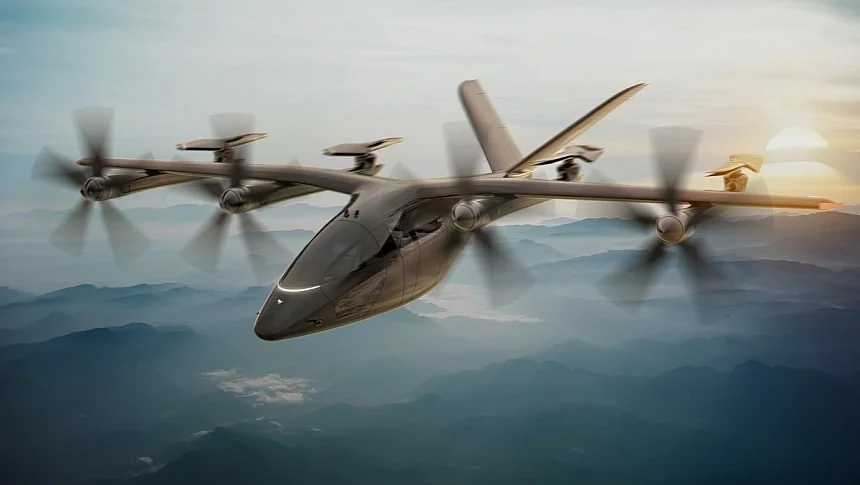|
Getting your Trinity Audio player ready...
|
There’s a lot of noise coming from a nascent transportation industry that tries to change our world by means of electric vertical take-off and landing (eVTOL) aircraft. That’s because there are plenty of startups already in this business, each advancing its own product through whatever means they can. None, however, has started production of their eVTOLs, despite constant claims of reaching some important milestone.
Some are pretty close to production start, though, and a group called Vertical Aerospace is part of that list. Based in the UK, Vertical is working of a four-person aircraft that can be used to move people on regional routes, but can be converted to serving some other goal, seeing how it’s modular and all.
Vertical has been at it developing the so-called VX4 since 2016, and it has already completed the first phase of the flight test program, the one that called for the aircraft to hover over the ground while loosely tethered.
That happened a while back, but as soon as 2025 kicked off, the company announced the start of the second phase of the program, after the VX4 managed to successfully complete its first piloted thrustborne flight maneuvers.
What it means is that the aircraft took to the sky under the control of the company’s test pilot, Simon Davies, and was put through its paces by having it roll, yaw, and turn on the spot. All of that, naturally, was performed at altitude and at low speed (Vertical does not say how high or how fast) while using the aircraft’s own propellers.
The test was performed at the Cotswold Airport near Kemble, and has officially made Vertical one of the first crews in this business to conduct thrustborne flight maneuvers in a full scale vectored aircraft. The main goals of these tests are to determine the VTOL’s stability, the efficiency of the battery, its control characteristics, and the various loads it experiences at different speeds.
Several similar flights will be conducted in the coming months, and if all checks out the VTOL will have to then rely on its wings for lift, not solely on propellers, and fly beyond the airfield boundaries. If it clears that as well, the VX4 will then have to prove it can make the transition from vertical to horizontal flight.
When ready for operation, the carbon fiber composite VTOL will rely on a collection of eight tilt-shift propellers to carry four people and the pilot at speeds of up to 150 mph (241 kph). The in-house-made battery is more than enough to keep the thing in the air for as much as 100 miles (161 km).
Vertical describes the VX4 as the “world’s most advanced and safest eVTOL” and it works on it with help from GKN Aerospace, Honeywell and Leonardo. It seems it’s on to something, as companies in the aviation industry, including American Airlines and Japan Airlines, have already placed around 1,500 pre-orders for it.


